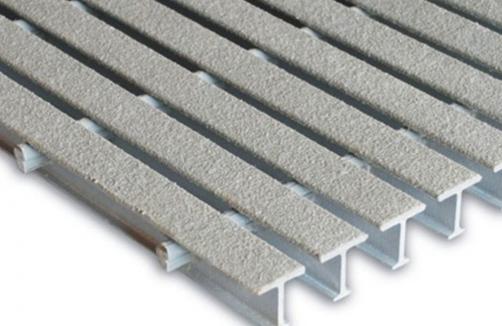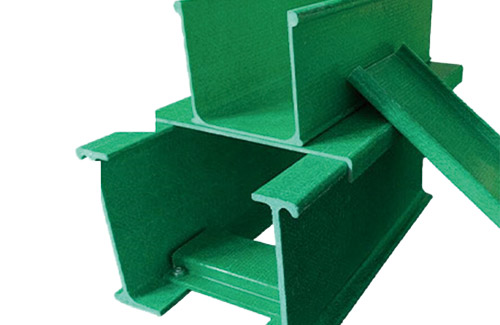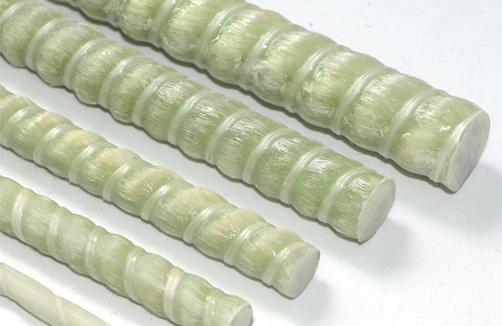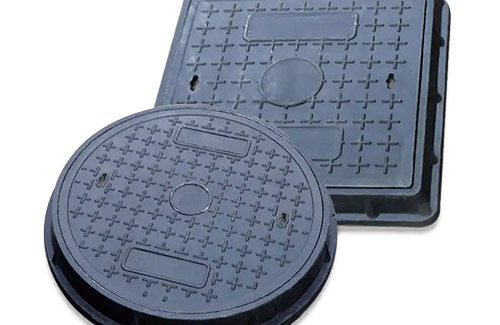After 20 years, China's FRP/composite products (stainless steel water tank, FRP water tank, FRP cooling tower, FRP grating) have exceeded the annual output of Japan and Europe. The development of national construction, especially in the past 10 years, the state has increased investment in infrastructure such as energy transportation and water conservancy, and the development of the central and western regions has increased the number of new construction projects. FRP products are gradually moving towards the international market, including developed countries and regional markets, which have enabled the industry to achieve rapid development, showing the vitality of China's FRP industry today.
1. China's FRP output (stainless steel water tank, FRP water tank, FRP cooling tower, FRP grating) has leapt to the second place in the world.
Between 1986 and 2006, China's thermosetting FRP (stainless steel water tank, FRP water tank, FRP cooling tower, FRP grating) was 51 times longer. In 2006, the output of thermosetting FRP (stainless steel water tank, FRP water tank, FRP cooling tower, FRP grating) reached 140. Ten thousand tons, the total output is second only to the United States.
2. Established a relatively rich base of raw and auxiliary materials
Among the reinforcing materials, glass fiber has developed D (low dielectric) glass fiber and metallized glass fiber in addition to traditional medium alkali, alkali free, high strength, high modulus, high silicon oxide and alkali resistant glass fiber. Among them, the export volume of glass fiber yarns increased steadily; the export volume of glass fiber fabrics increased rapidly, and the deep processing and high value-added products were promising; the export of chopped glass fibers increased sharply. Among the special fibers for advanced composite materials, the annual consumption of carbon fiber has accounted for one-fifth of the world.
Among the base materials, the annual output of unsaturated polyester resin (UPR) in 2006 was 1.21 million tons, 28 times that of 1986. The company with the largest output in the year produced 110,000 tons. The variety and yield of curing agents and accelerators used in unsaturated polyester resins are increasing rapidly. The annual output of MEKP (methyl ethyl ketone peroxide) has reached 20,000 tons, and the annual production and sales volume of accelerators has reached 15,000 tons. Commonly used cobalt naphthenate (commonly known as "cobalt naphtate"), cobalt isooctanoate, colorless accelerator. The amount of cobalt naphthenate decreased, which was less than 10% of the sales volume of the accelerator. The performance of cobalt isooctanoate was stable, the sales volume was over 60%, and the sales volume of the colorless accelerator was about 20%.
Epoxy resin, China is now the country with the largest production, import and consumption of epoxy resin. The annual production capacity of epoxy resin is over 600,000 tons, and the output in 2006 is 520,000 tons, ranking first in the world. Epoxy gel coat was successfully developed in 2004.
Phenolic resin, the production of phenolic resin in 2006 was about 400,000 tons. The phenolic resin gel coat has been successfully developed, and the “new phenolic resin” project which can be used in contact molding, pultrusion, winding, RTM and other processes has passed the national acceptance.
Among the excipients, hollow glass microspheres, crystal fiber mineral composite fillers, etc. are put into mass production, which are used to make molds, artificial agates, bathtubs and other products, which can reduce weight, increase rigidity and reduce costs. Defoamers, low shrinkage additives, wetting agents, thixotropic agents and other additives can improve process performance, improve product quality and reduce costs.
3. Significant progress in technology and product development
SMC/BMC, the development of mechanized molding processes such as pultrusion GMT, promoted the whole industry to advance with the times in 20 years and develop to a high level. In the late 1980s, China's FRP forming technology, contact (hand paste) molding accounted for more than 85%, and now mechanical molding has jumped up to 60%.








